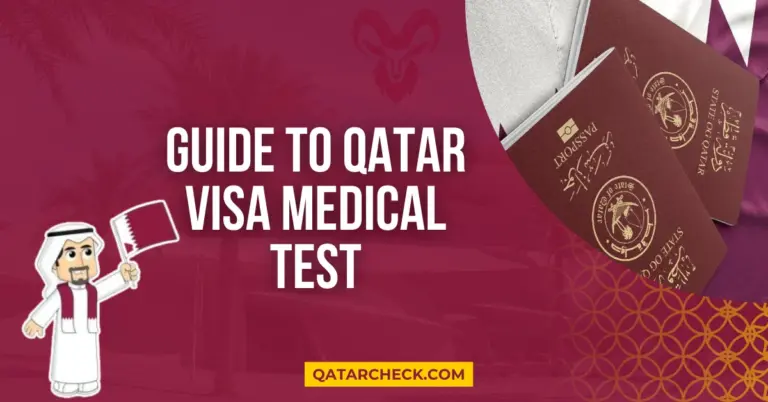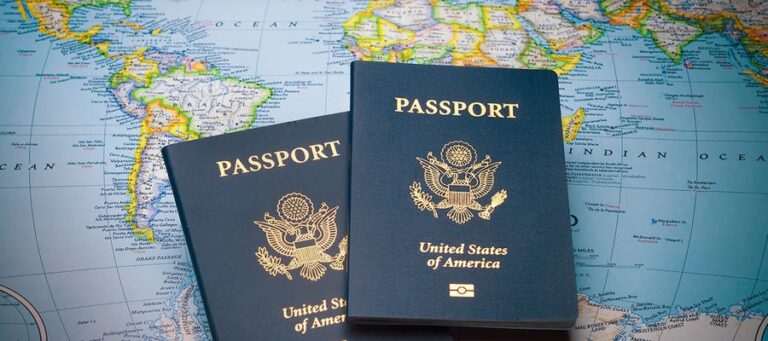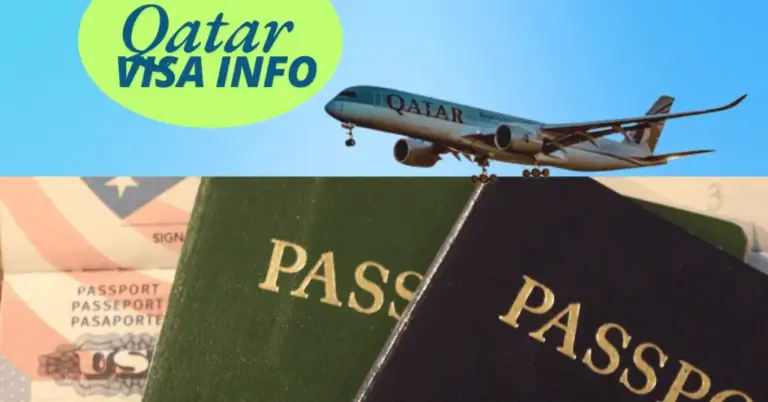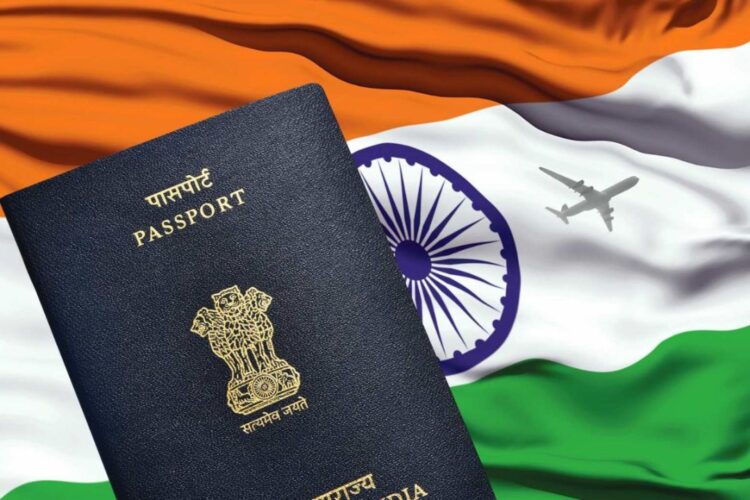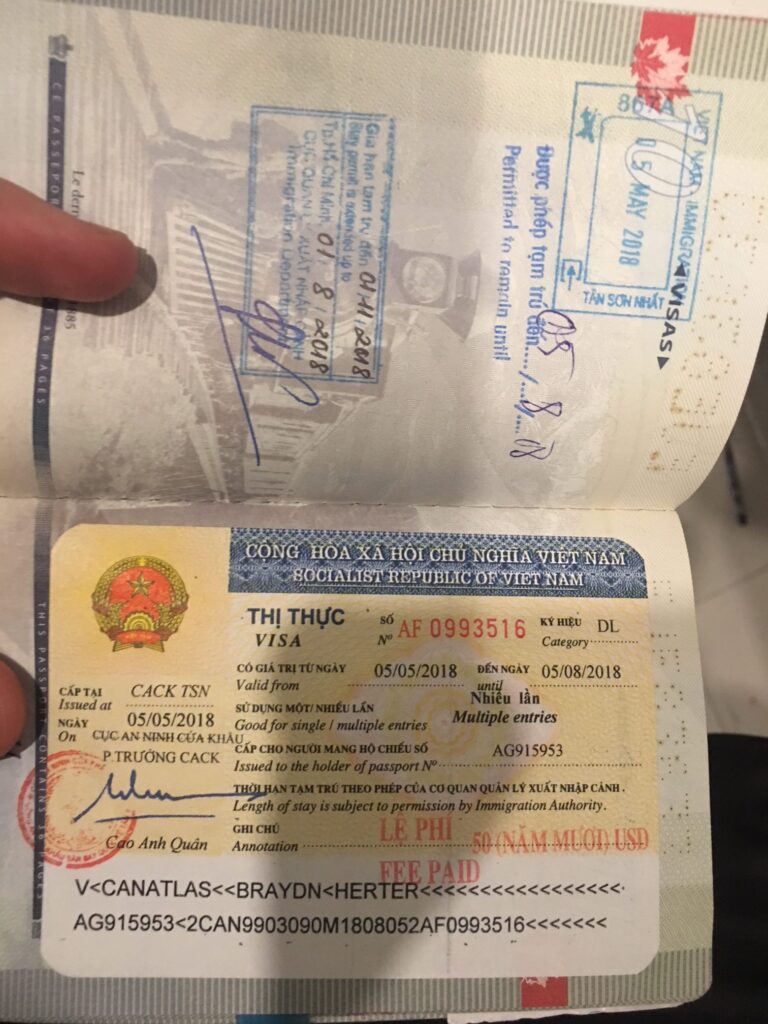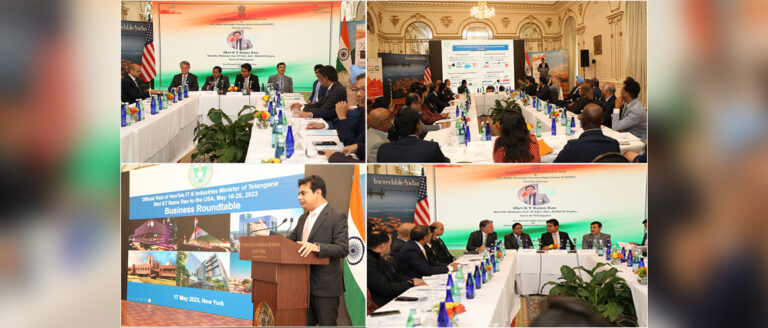Unlocking Your Adventure: All About Single-Entry Tourist Visas
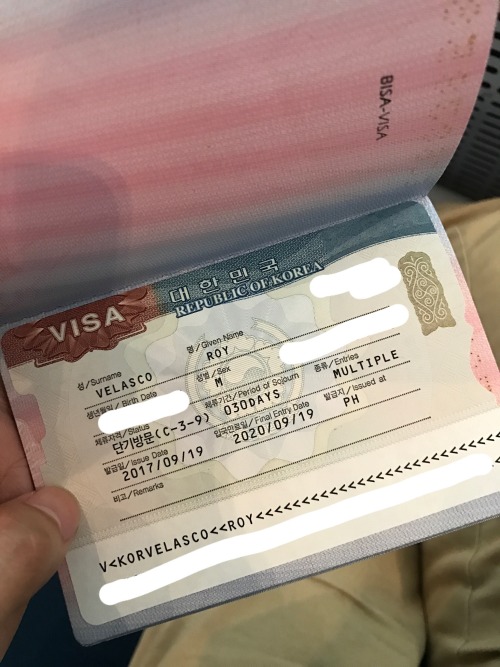
Understanding Visa Types
Navigating through the world of visas can be confusing, but understanding the different types is crucial for travelers. Below, we will delve into the differences between single-entry and multiple-entry visas, as well as the concepts of visa validity and duration.
Single vs Multiple-Entry Visas
A single-entry visa permits you to enter a country only once. Once you leave, you cannot re-enter without obtaining a new visa. This type of visa is ideal for short trips. For example, if you have a single-entry visa to a country in the Schengen area, you can travel to the Netherlands or other Schengen countries only once (Netherlands Worldwide).
In contrast, a multiple-entry visa allows you to enter and exit a country multiple times within the visa’s validity period. This type of visa is beneficial for frequent travelers. For instance, the B-1/B-2 visa for the U.S. is a multiple-entry visa, allowing holders to enter the U.S. multiple times for temporary visits (Boundless).
Visa Validity and Duration
Visa validity refers to the time between the visa’s issuance and its expiration date. During this period, you can use your visa for travel Travel.State.Gov. The duration of stay is the maximum amount of time you can remain in the destination country on each visit. This is usually determined by the immigration officer at the port of entry.
For multiple-entry visas, each entry must be within the visa validity period, but the length of each stay may vary. For example, the B-1/B-2 visa for the U.S. allows a maximum stay of 6 months per visit, with possibilities for extension under qualifying circumstances (Boundless).
| Visa Type | Number of Entries | Maximum Stay per Visit | Validity Period |
|---|---|---|---|
| Single-Entry | 1 | Variable | Specified on Visa |
| Multiple-Entry | Unlimited | Up to 6 months | Specified on Visa |
Understanding these concepts can help you choose the right visa type for your travels. Whether you need a tourist visa, a B-1/B-2 visa, or any other type, make sure you’re aware of the validity and duration rules. For more information on the visa application process, check our detailed guides.
Single-Entry Tourist Visas
Single-entry tourist visas are designed for travelers who plan to enter a country only once during their trip. These visas are commonly issued for tourism purposes and come with their unique set of costs, benefits, and limitations.
Cost Variation Across Continents
The cost of single-entry tourist visas can vary significantly depending on the continent. According to Science Direct, the average cost of a single-entry tourist visa is $33.78. The highest fees are typically charged in South America, whereas Africa offers the most affordable options. Below is a table representing the average costs across different continents:
| Continent | Average Cost ($) |
|---|---|
| South America | 63.53 |
| Europe | 40.15 |
| Asia | 35.27 |
| North America | 28.78 |
| Africa | 21.03 |
For more specific information on fees by country, you can check our article on tourist visa cost.
Benefits and Limitations
Single-entry tourist visas offer several benefits and limitations. Understanding these can help you make an informed decision about whether this type of visa suits your travel needs.
Benefits:
- Cost-Effective: Single-entry visas are generally less expensive than multiple-entry tourist visas.
- Simpler Approval Process: Often, the application process is more straightforward, involving fewer requirements compared to multiple-entry visas.
- Short-Term Travel: Ideal for short-term visits focused on tourism activities.
Limitations:
- One-Time Entry: Single-entry visas allow entry into the destination country only once. After you leave, the visa becomes void (Travel.State.Gov).
- Overstay Restrictions: Overstaying your allowed period can void the visa automatically, leading to complications with future visa applications.
- Limited Duration: Single-entry visas are often issued for shorter periods, making them unsuitable for extended stays.
For a deeper look into how single-entry tourist visas compare with other visa types, visit our section on tourist visa validity period.
When applying for a single-entry tourist visa, be sure to prepare all necessary tourist visa support documents and familiarize yourself with the tourist visa application process. By being well-prepared, you can ensure a smoother application experience and a successful trip.
Multiple-Entry Tourist Visas
Advantages of Multiple Entries
A multiple-entry tourist visa allows you the flexibility to travel in and out of a country multiple times within the visa’s validity period. This type of visa is particularly beneficial for travelers who plan to visit several destinations or return to the same place multiple times. According to Netherlands Worldwide, you can enter and exit the Schengen area as often as you wish, provided your visa is valid.
| Benefits | Description |
|---|---|
| Flexibility | Travel in and out of the country multiple times |
| Cost-Effective | Save on application fees for multiple single-entry visas |
| Convenience | Less bureaucratic hassle compared to applying for multiple single-entry visas |
| Time Efficiency | Avoid repetitive paperwork and visa interviews |
If you’re planning extensive travel throughout the year, a multiple-entry visa can save you time and money. For example, the B-1/B-2 visa for the U.S. allows an unlimited number of entries within its validity period. Learn more about the us tourist visa for specific benefits and restrictions.
Duration of Stay Regulations
The duration of stay allowed under a multiple-entry tourist visa can vary by country. Most Schengen countries permit a stay of up to 90 days within any 180-day period. This is known as the “90/180 rule”.
| Country | Maximum Stay per Entry | Regulation |
|---|---|---|
| Schengen Area | 90 days in 180 days | 90/180 rule |
| USA (B-1/B-2 Visa) | 6 months | Possibility of extensions in qualifying cases |
The B-1/B-2 visa for the USA, on the other hand, allows a maximum stay of six months per entry, with the potential for extensions in qualifying situations (Boundless).
Understanding the regulations is crucial to ensure you remain compliant with the visa conditions. Overstaying your visa can lead to serious consequences, including future visa denials. For more details on the rules and to ensure compliance, refer to our guide on tourist visa restrictions.
By familiarizing yourself with the advantages and regulations of a multiple-entry tourist visa, you can make informed decisions about your travel plans and avoid common pitfalls. Visit our page on how to apply for a tourist visa for a step-by-step guide through the application process.
Requirements for Tourist Visas
Applying for a single-entry tourist visa can be a step-by-step process. Understanding the requirements and process can help ensure a smooth application experience.
Application Process Overview
The visa application process entails several steps that must be followed meticulously to increase the likelihood of obtaining a visa. Here is a brief overview of the process:
-
Online Application: Complete the tourist visa application form using the Consular Electronic Application Center (CEAC) website.
-
Scheduling an Interview: Book an appointment for a visa interview at the appropriate U.S. embassy or consulate.
-
Gathering Documentation: Assemble the necessary documents, including:
- Passport valid for travel to the United States.
- Form DS-160 confirmation page.
- Application fee payment receipt if you are required to pay before your interview.
- Photo that meets the tourist visa photo requirements.
- Additional documents to establish eligibility under U.S. law. For example, evidence of intended travel itinerary, documents showing the purpose and length of the trip, and proof of funds to cover expenses.
-
Attending the Visa Interview: Present yourself at the U.S. embassy or consulate for the visa interview. Be prepared to answer questions regarding your travel plans, financial situation, and ties to your home country.
-
Administrative Processing: After the interview, if additional processing is required, the consular officer will provide you with instructions on how to proceed. Note that this step is not always necessary.
-
Visa Issuance: Once your visa is approved, you may have to pay a visa issuance fee and arrange for the return of your passport and visa. For more detailed information, visit our page on visa issuance fees.
Establishing Ties Abroad
A crucial aspect of the visa application is demonstrating strong ties to your home country (Travel.State.Gov). This requirement ensures that applicants intend to return home after their stay in the United States.
Types of Ties to Demonstrate:
-
Professional Ties: Employment with a reputable organization or owning a business indicates you have responsibilities to return to.
-
Financial Ties: Owning property, having a stable income, or significant financial investments in your home country can be compelling evidence.
-
Family Ties: Family members in the home country, such as a spouse or children, can serve as a strong incentive for your return.
| Type of Evidence | Examples |
|---|---|
| Professional Ties | Employment letter, business registration documents |
| Financial Ties | Property deeds, bank statements, investment portfolios |
| Family Ties | Birth certificates, marriage certificates |
Understanding the importance of establishing ties abroad and following the application process meticulously can significantly improve your chances of securing a single-entry tourist visa. For more tips and information on securing a tourist visa, visit our articles on tourist visa checklist and tourist visa support documents.
Visa Application Process
Securing a single-entry tourist visa involves a series of steps that are crucial for ensuring your travel plans proceed smoothly. This section will guide you through the online application process and what to expect during the interview, including the necessary documentation.
Online Application
The first step in obtaining a single-entry tourist visa is completing an online application form. This process typically involves visiting the official visa website for the country you intend to visit. For instance, US visa applicants need to fill out form DS-160 (Travel.State.Gov).
| Step | Task | Description |
|---|---|---|
| 1 | Visit the official visa website | Access the online application portal. |
| 2 | Complete the application form | Provide personal details, travel plans, and other required information. |
| 3 | Upload a photograph | Ensure it meets tourist visa photo requirements. |
| 4 | Pay the application fee | Fees vary by country; check the specific tourist visa cost for your destination. |
| 5 | Schedule the interview | Select a convenient date and time for your visa interview. |
Interview and Documentation
Once you have submitted the online application, the next step is to attend a visa interview. This is a critical stage where you will need to present various documents and answer questions to validate your travel intentions.
Required Documents:
- Passport: Must be valid for at least six months beyond your intended stay.
- Application Confirmation: Printout of the confirmation page from the online visa application form.
- Photograph: A printed photograph that meets the specific visa requirements.
- Visa Fee Receipt: Proof of payment for the application fee.
- Additional Supporting Documents: These may include financial statements, travel itinerary, and sponsor letter for tourist visa if applicable.
For a comprehensive list of required documents, refer to our page on tourist visa support documents.
Interview Process:
- Arrival: Arrive at the embassy or consulate where your interview is scheduled.
- Checkpoint: Go through security and present your appointment confirmation.
- Submission: Submit your required documents to the consular officer.
- Interview: Answer questions regarding your travel plans, financial status, and ties to your home country.
Successfully navigating this process requires preparation. For tips on handling the interview, see our page on tourist visa interview tips.
After the interview, the consular officer will determine whether additional administrative processing is required (Travel.State.Gov). If your visa is approved, you may need to pay a visa issuance fee, and the passport with the visa will be returned to you.
Understanding these steps ensures that you have a clear path to obtaining your single-entry tourist visa. For detailed insights into each stage, including documentation specifics, see our page on tourist visa application process.
Visa Approval and Issuance
Administrative Processing
After the visa interview, there is a possibility that your application might be selected for further administrative processing. This additional review is routine and necessary to ensure all security and eligibility criteria are met. The duration of administrative processing can vary, and the consular officer will inform you if your application requires this step (Travel.State.Gov).
Should your application undergo administrative processing, it is important to remain patient and check your application status periodically. The processing time may be influenced by factors such as the volume of visa applications and the specifics of your case. Once the review is complete, you will be notified regarding the approval of your single-entry tourist visa.
Visa Issuance Fees
When your visa application is approved, you may need to pay a visa issuance fee, known as a reciprocity fee. This fee is applicable to certain nationalities and is charged based on the principle of reciprocity. This principle means that if a foreign government imposes fees on U.S. citizens for specific visa types, the United States will impose a reciprocal fee on citizens of that country for similar visa types.
The following table provides a general overview of visa issuance fees for various countries:
| Country | Visa Issuance Fee (in USD) |
|---|---|
| India | 100 |
| China | 140 |
| Brazil | 160 |
| Mexico | 30 |
Fees are subject to change based on regulatory updates, so always refer to the U.S. Department of State’s reciprocity schedule for the most accurate information.
In addition to the visa issuance fee, you must also pay a non-refundable visa application fee, known as the MRV fee. This fee covers the cost of processing the visa application and is required regardless of whether your visa is subsequently approved or denied (U.S. Department of State).
Upon payment of all requisite fees, arrangements will be made for the return of your passport and visa. To ensure a seamless process, confirm the return method with your consular office and adhere to any additional instructions they provide. Failure to comply with these steps can result in delays or complications.
For more detailed information on the visa application process and requirements, you can refer to our sections on how to apply for tourist visa, documents for visa interview, and tourist visa processing time.
Compliance and Consequences
Understanding the compliance requirements and potential consequences of holding a single-entry tourist visa is crucial for every traveler.
Visa Violations
One of the most significant challenges is ensuring that you depart the country before your visa expires. Failure to do so will result in being considered “out of status,” which can have severe implications. According to Travel.State.Gov, visas for individuals who are out of status become automatically void. Beyond this, being out of status may render you ineligible for future visas, making it harder to plan future trips.
| Violation Type | Consequence |
|---|---|
| Overstaying Visa | Out of Status, Visa Void |
| Unauthorized Work | Immediate Revocation, Deportation |
| Violating Visa Terms | Future Visa Ineligibility, Fines |
Additionally, the Department of Homeland Security (DHS) and U.S. Customs and Border Protection (CBP) officials have the authority to permit or deny entry even if you hold a valid visa.
Future Visa Eligibility
Ensuring compliance with your current visa regulations is also crucial for maintaining eligibility for future visas. If you violate the terms of your current single-entry tourist visa, you may find it challenging to secure another visa in the future. The Travel.State.Gov emphasizes that non-compliance could make you ineligible for subsequent visa applications, affecting both tourist and other types of visas.
To safeguard your travel plans, it’s essential to follow the established visa guidelines:
-
Understand Visa Duration: Be aware of the validity period of your visa and ensure you leave the country before it expires. For more on visa durations, visit tourist visa validity period.
-
Respect Visa Terms: Adhere strictly to the allowed activities. Engaging in unauthorized activities, such as employment, can result in immediate visa revocation.
-
Documentation: Keep all your visa-related documents organized and accessible. For a complete checklist, see our tourist visa checklist.
-
Consult Authorities in Case of Doubt: If uncertain about specific visa terms or experiencing issues, consult immigration officers or legal experts to clarify your situation.
Failure to comply with your single-entry tourist visa terms can have long-reaching impacts on your future travel opportunities. For a smooth travel experience, stay informed and remain compliant with all visa regulations.
For more information on applying and maintaining a tourist visa, consult our detailed guide on the visa application process and related topics like the tourist visa support documents.
Visitor Visa in the U.S.
B-1/B-2 Visa Overview
The B-1/B-2 visa is a non-immigrant visa that allows foreign nationals to travel to the United States temporarily for business (B-1), tourism, or a mix of both (B-2) (Boundless). Issued together in most cases, this visa grants holders the flexibility to engage in various activities during their stay.
| Visa Type | Purpose |
|---|---|
| B-1 | Short business trips |
| B-2 | Tourism, visiting friends and family, vacation |
The B-1/B-2 visa is typically valid for up to 10 years, allowing multiple entries into the U.S. during this period. Each entry grants a maximum stay of up to 180 days. Although there is no set limit on the number of visits per year, the purpose of each visit must be temporary.
Permissible Activities and Restrictions
Understanding the permissible activities and restrictions under the B-1/B-2 visa is crucial to ensuring compliance with U.S. immigration laws. Holders of this visa can engage in the following activities:
Permissible Activities (B-1/B-2 Visa):
- Attend business meetings, conferences, or conventions (B-1)
- Negotiate contracts (B-1)
- Tour the United States (B-2)
- Visit friends and family (B-2)
- Participate in recreational activities (B-2)
- Seek medical treatment (B-2)
Restrictions (B-1/B-2 Visa):
- No employment or work for U.S. entities
- No study or enrollment in degree programs
- No long-term residence or permanent stay
For a closer look at permissible activities and guidelines, refer to our article on tourist visa restrictions.
| Permissible Activity | Visa Type |
|---|---|
| Business meetings | B-1 |
| Family visits | B-2 |
| Medical treatment | B-2 |
| Attend conferences | B-1 |
Applicants are encouraged to familiarize themselves with the entry procedures and required support documents, which can be found in our comprehensive guide on tourist visa application process.
If you plan to stay beyond the allowed duration, you may need to look into the tourist visa extension process. Extension approval is contingent upon meeting specific criteria and demonstrating valid reasons for the extended stay.
Ensure all visa applications and renewals follow the correct protocol to avoid jeopardizing future visa eligibility. For further assistance, refer to our resources on the visa application process and required support documents.

